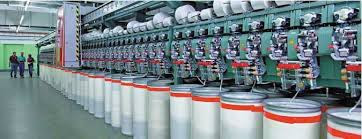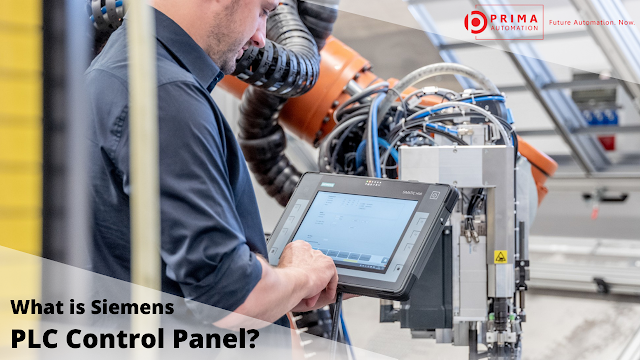Guidelines on UL Hazardous Area Panel
In this article, we will talk about the UL Hazardous Area Panel, such as what is UL Hazardous Place how does it vary from a regular location in terms of safety? And much more.
A catastrophic outcome may occur when panel operators do not have a thorough knowledge of how the panels operate and do not know how to respond appropriately to their signals. A fire scenario in a power-generating plant is one of the most hazardous emergencies that may arise. Read on to learn more. Explosion-proof panels and enclosures (also known as "explosion-proof panels") are used in hazardous environments where there are high concentrations of noxious substances, water vapor, liquids, or explosive protons.
 |
| UL Hazardous Area |
They are designed and built to operate safely and efficiently in these environments. Consumers will save money and time by not having to pay for and wait for third-party certification. It has been approved by UL, enabling hazardous area panel manufacturers to self-certify their panels. They may be able to provide a great solution for the designing and implementation of a UL hazardous area panel and purge system, among other things.
What exactly is a UL Hazardous Place?
Here is what a UL Hazardous Place means, and how does it vary from a regular location in terms of safety?
The Underwriters Laboratories (UL) certifies industrial control panels for usage in both conventional and hazardous locations. These certifications are utilized across the industry. Inflammable gases, flammable or combustible liquid vapors, combustible dust, ignitable fibers, or flying objects in the air enhance the likelihood of an explosion or a fire occurring in a particular place.
What criteria are utilized to determine if an area is a Hazardous Area?
Hazardous sites are classified based on the likelihood that an ignitable concentration of combustible material will be present in the area being classified as hazardous.
The use of equipment that has been specifically authorized for use in areas that include all three of the above-mentioned components of an explosion is required while operating in a hazardous site. All hazardous area equipment is intended to prevent explosions, although the methods employed to accomplish this aim vary depending on the manufacturer and the purpose for which it is built. When it comes to preventing an electrical device from causing an explosion, three primary approaches may be taken.
Initially, an explosion-resistant device or enclosure is employed to contain the resultant explosion and prevent it from spreading further. This technique is designed for use with equipment that, by its very nature, will generate enough electrical current and/or heat to cause an explosion if it comes into contact with an explosive substance. Alternatively, in the case of an explosion, the device itself or the enclosure that surrounds the device will contain the explosion and prevent it from spreading any farther.
The second approach is to simply remove the possibility of a spark or other ignition source from the equation completely, as described above. Keep the temperature low, safeguard any electronics, and utilize a device that doesn't generate enough heat or electrical current to induce combustion when in the presence of a potentially explosive substance are all methods for doing this. The third approach consists of simply separating the explosive chemical from anything else that might ignite the compound before using it. As a result of unexpected events, however, this is not always a possibility.
So, I hope you enjoyed this article. Here, we have discussed the UL Hazardous Area Panel in detail and some more information regarding this.
You may like to read: A Story Of Textile Machine Panel Manufacturers In India


Comments
Post a Comment